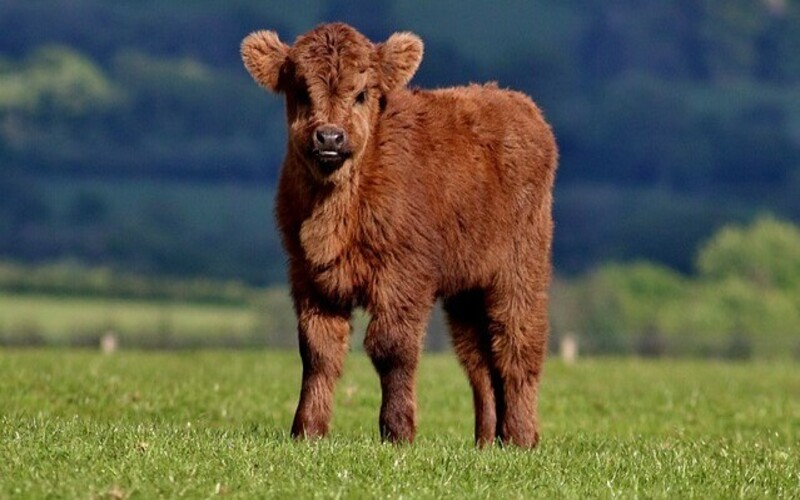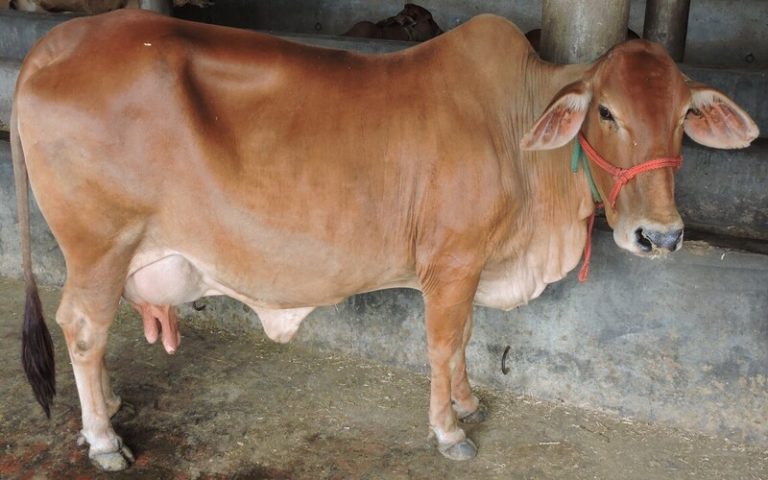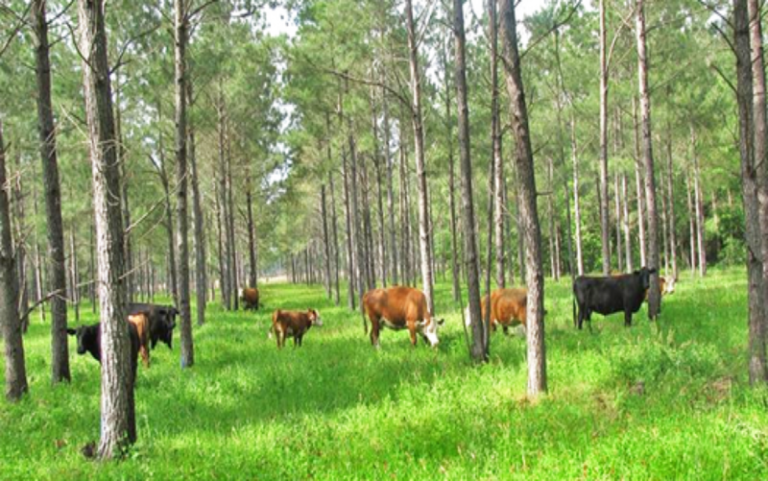Miniature Cattle: The Compact Livestock Revolutionizing Farming and Homesteading
Miniature cattle are becoming increasingly popular among livestock enthusiasts for a variety of reasons.
These cattle have been selectively developed to be smaller in size than standard beef cattle, giving them a good fit for tiny farms or homesteads.
Miniature cattle are less costly to keep since they require less feed, water, and other inputs.
Learn more about tiny cattle, from their fascinating history to their unique traits and care requirements.
History of Miniature Cattle:
Miniature cattle have been around for hundreds of years, with evidence of small cattle breeds dating back to ancient times. But the miniature cattle we see today are the result of efforts to breed them in a certain way that started in the middle of the 20th century.
In the 1970s, breeders began to focus on creating smaller versions of traditional cattle breeds, such as Angus, Hereford, and Holstein.
Characteristics of Miniature Cattle:
Miniature cattle are defined as any breed that stands at 42 inches or less at the shoulder. This includes both purebred and crossbred cattle. Some of the most popular miniature cattle breeds include:
Miniature Hereford:
This breed is a smaller version of the traditional Hereford breed and is known for its docile temperament and high-quality beef.
Miniature Angus:
This breed is a smaller version of the Angus breed and is known for its high-quality beef and easy calving.
Dexter:
This breed originated in Ireland and is known for its hardiness and versatility, as it can be raised for beef, milk, or as a draft animal.
Jersey:
This breed is a smaller version of the Jersey cow and is known for its rich, creamy milk.
In addition to their smaller size, miniature cattle are also known for their docile temperament, making them ideal for small farms and homesteads.
They are also more efficient at converting feed into meat or milk, making them more cost-effective to raise than full-sized cattle.

Advantages of Miniature Cattle
There are several advantages of raising miniature cattle, including:
Space-efficient: Miniature cattle require less space than traditional cattle breeds, making them an ideal option for small farms, homesteads, and even urban settings.
Lower feed costs: Because miniature cattle are smaller than traditional breeds, they require less feed and resources, which can save farmers money on feed costs.
Easier handling: Miniature cattle are more manageable than larger cattle breeds because of their smaller stature and milder disposition. This makes them a good choice for novice farmers and homesteaders who are just getting their feet wet in the cattle business.
More sustainable: Miniature cattle are more sustainable for small-scale livestock production since they need less land, feed, and other resources.
Dual-purpose: Farmers and homesteaders may find small cow breeds useful since many of them may be utilized for both meat and milk production.
Unique breeding opportunities: Breeding miniature cattle can be a unique and rewarding experience, with many breeds offering the opportunity to produce calves with unique coat patterns or other distinctive traits.
More manageable herd size: Because miniature cattle require less space and resources, farmers can maintain a larger herd without having to worry about the same level of labor and upkeep required by larger cattle breeds.
Overall, miniature cattle offer farmers and homesteaders a lot of benefits, such as lower feed costs, easier care, and more sustainable ways to raise livestock.
Raising Miniature Cattle:
There are some key distinctions between breeding full-sized cattle and rearing small calves. If you want to start raising tiny cows, here are some things to think about:
Housing: Miniature cattle may live in smaller structures than full-sized cattle, but they still require adequate space to roam and access to food and water. A barn or shelter with good air flow is best, but a strong pasture with a shelter will also work.
Feeding: Although miniature cattle have fewer significant nutritional requirements than their full-sized counterparts, adequate feeding is still essential. We advise feeding them a diet of high-quality hay, pasture grasses, and a well-balanced grain mix.
Health: Just like full-sized cattle, miniature cattle need to be vaccinated, dewormed, and have their hooves trimmed regularly. To make sure your miniature cattle are healthy and happy, it’s important to work with a vet who knows about them.
Breeding: Breeding miniature cattle requires some extra care, as they can have difficulty giving birth to larger calves. It’s important to select a bull that is appropriately sized for your cow and to monitor the cow closely during calving.
Conclusion:
Miniature cattle are a good choice for small farms and homesteads because they have all the same benefits as full-sized cattle but are smaller.
Whether you’re interested in raising them for beef, milk, or as a hobby, there are many miniature cattle breeds to choose from, each with their own unique characteristics.
Miniature cattle can do well and be a valuable addition to your farm or homestead if you give them the right care and attention.
Also Read:
10 Best Cow Breeds in India: A Comprehensive Guide to India’s Most Popular Cattle Varieties







